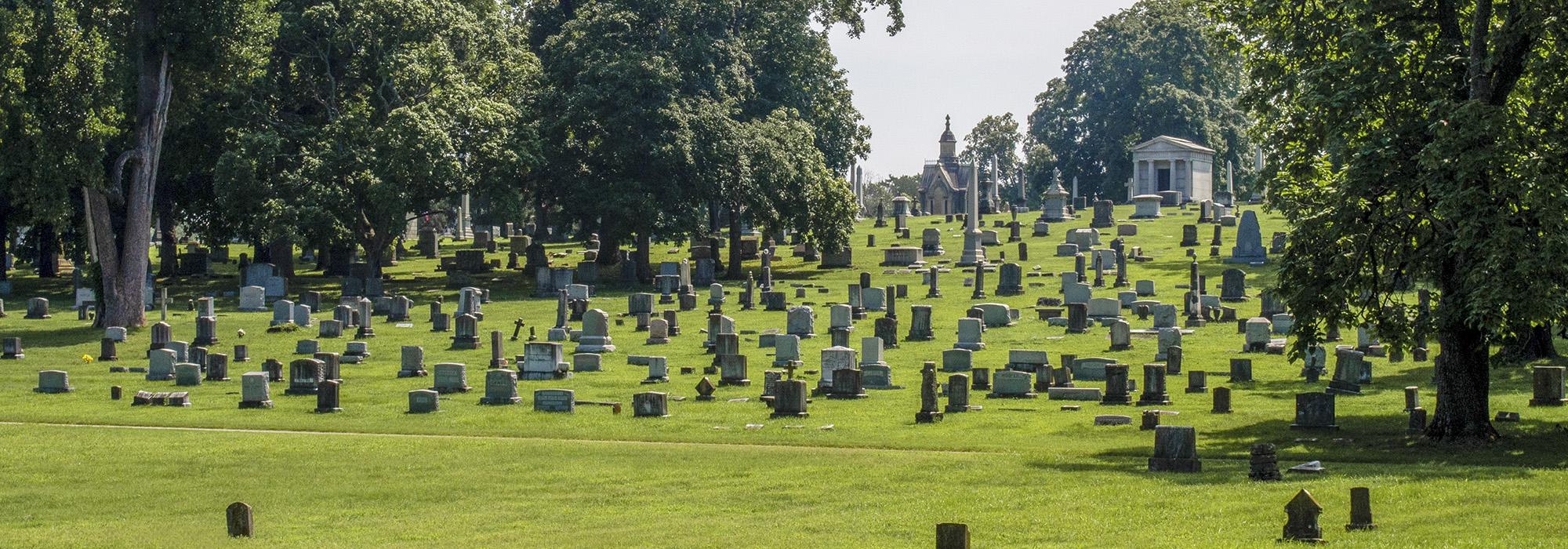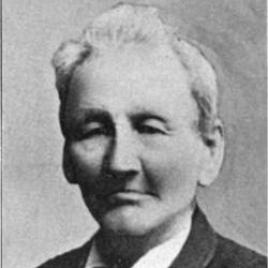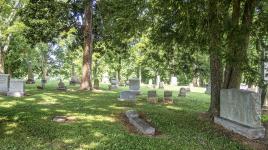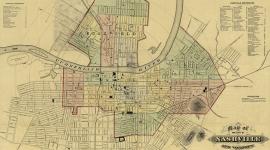Pioneer Information
Born in Davidson County, Tennessee, Nance studied mathematics and classics at Nashville University before accepting a position as a surveyor of public lands in the Chickasaw Nation, located in the Lower Mississippi Valley. After nearly two years there, he returned to Davidson County where he served as a school master for several academies before marrying in 1836. He subsequently purchased a 136-acre estate in Rutherford County, Tennessee, and established the Amoenian Grove Academy, teaching there for four years. During this time, he also conducted a survey for the state legislature to determine the best route for a turnpike leading from the Mississippi River to the Virginia border. After selling his academy in 1841, Nance served in a variety of civic roles, including justice of the peace, county judge, and state legislator. Between 1840 and 1860, he was frequently employed as a surveyor for railroad companies who sought to develop turnpikes around Nashville. In 1852 Nance and his son-in-law, Benjamin Franklin Woodward, Jr., constructed the first two miles of the Tennessee and Alabama Railroad. Three years later, the two men joined suburb developer Adrian Van Sinderen Lindsley in founding the Mount Olivet Cemetery Company. The cemetery was established on 125 acres southeast of Nashville, owned in part by Nance. He and Woodward, Jr., who would become the cemetery’s first superintendent, laid out the initial burial plots, which were set among meandering paths that followed the natural topography of the site. Shortly before the Civil War, Nance become sole owner of the Buena Vista and White Creek Turnpike. Opposed to secession, he left Nashville to settle north of the Cumberland River, along the Buena Vista Turnpike, where he hence committed himself to expanding and improving the roadway. He died at the age of 83 and is interred in Mount Olivet Cemetery.














